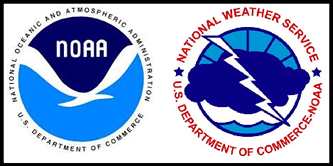RSS feed source: US National Weather Service
A new study supported by the U.S. National Science Foundation shows, for the first time, how heat moves — or rather, doesn’t — between materials in a high-energy-density plasma state. The work is expected to provide a better understanding of inertial confinement fusion experiments, which aim to reliably achieve fusion ignition on Earth using lasers. How heat flows between a hot plasma and a material’s surface is also important in other technologies, including semiconductor etching and vehicles that fly at hypersonic speeds.
High-energy-density plasmas are produced only at extreme pressures and temperatures. The study shows that interfacial thermal resistance, a phenomenon known to impede heat transfer in less extreme conditions, also prevents heat flow between different materials in a dense, super-hot plasma state. The research is published in Nature Communications and was led by Thomas White, a physicist at the University of Nevada, Reno, and his former doctoral student, Cameron Allen. White is a recipient of an NSF Faculty Early Career Development grant.
“Understanding how energy flows across a boundary is a fundamental question, and this work provides us with new insights into how this happens in the exceptionally energy-dense environments that one finds inside of stars and planetary cores,” says Jeremiah Williams, a program director for the NSF Plasma Physics program.

